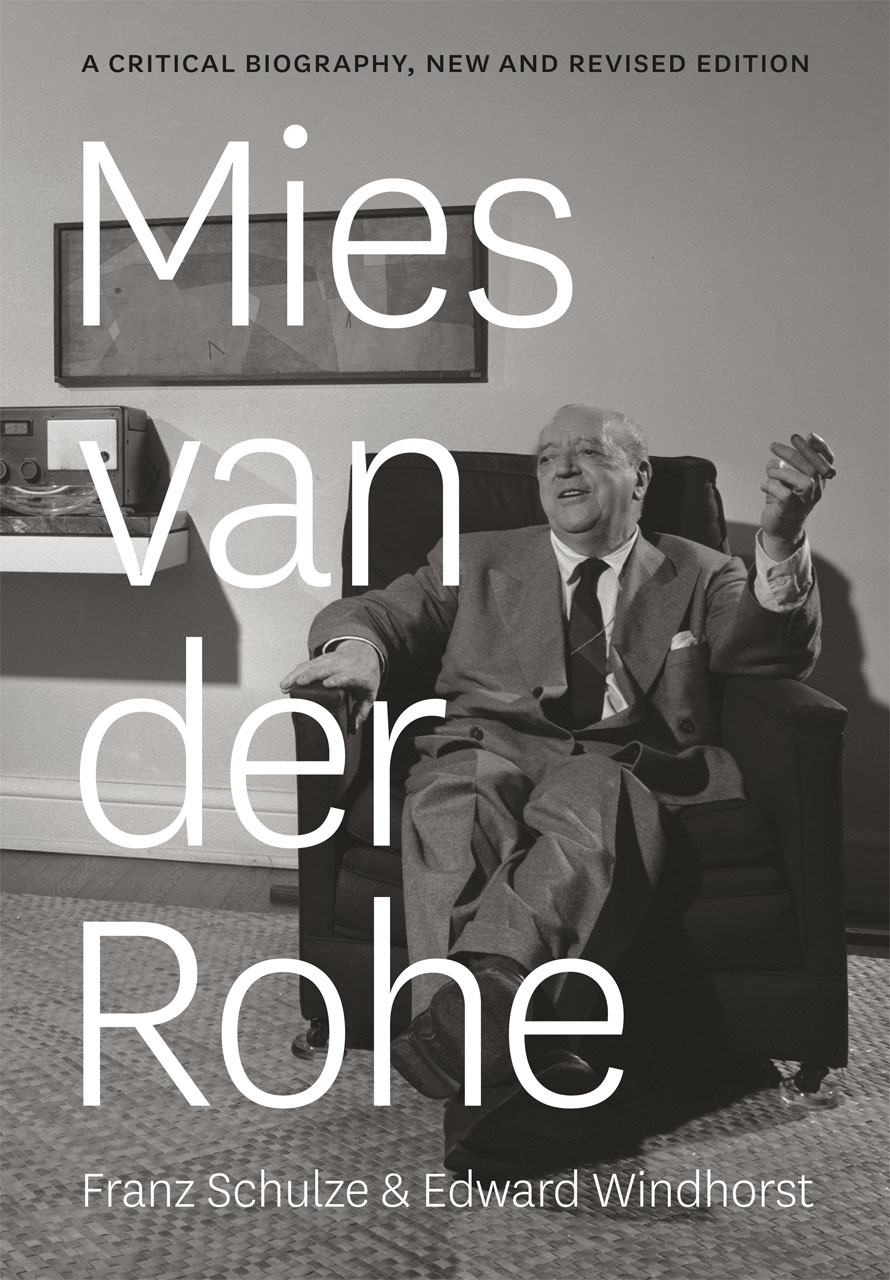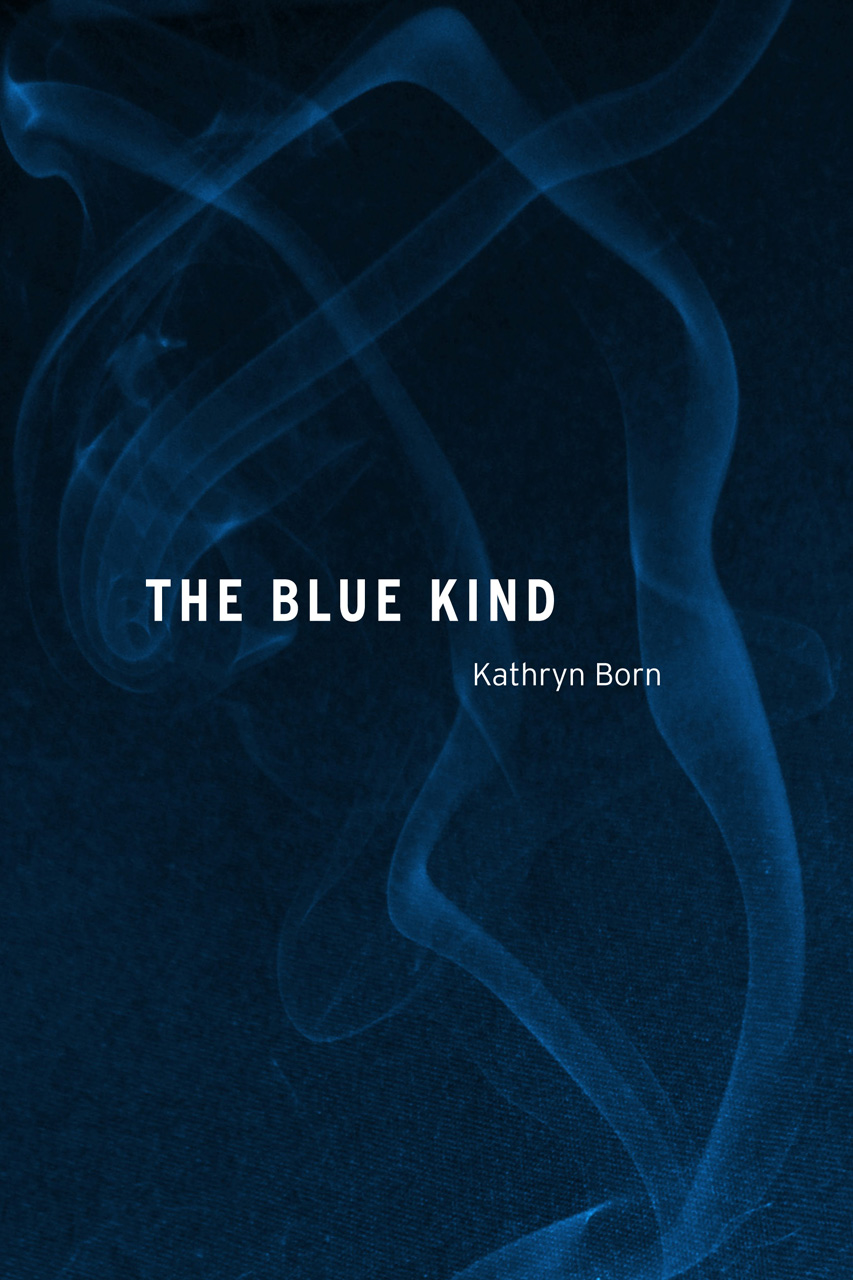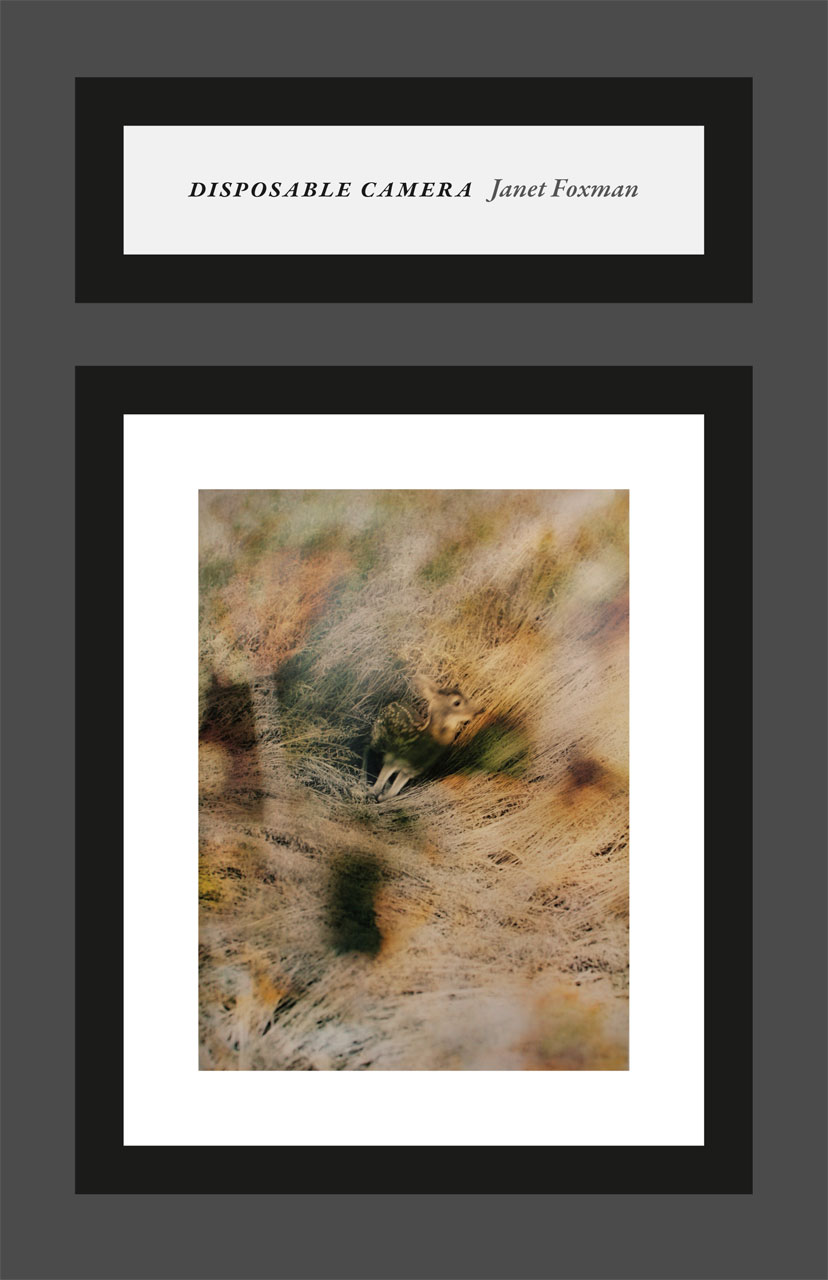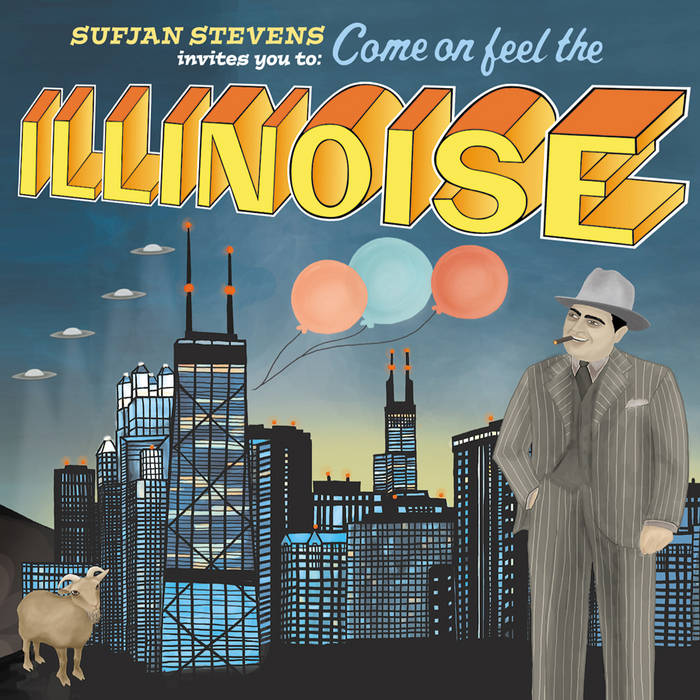It becomes clear on page 40, when Neil Steinberg opts for a Jay-Z-style definition of Chicago—“a state of mind”—that the payoff over the next 200 pages might not be great. Of course, that depends on what exactly we are looking for. There are certain questions, as Steinberg points out (like whether or not Chicago is truly a “second city”) that are answered by the fact that they need to be asked at all.
Steinberg’s seventh book, You Were Never in Chicago, is his attempt to answer some of these questions: What is the real Chicago? What makes someone a true Chicagoan? It is also his attempt to weave his personal story with the story of the city he loves, not unlike Nelson Algren and Saul Bellow before him.
The title is pulled from the paradigmatic response given to A.J. Liebling after the publication of his infamous “Second City” essay in The New Yorker in 1952. Unfortunately, Liebling had in fact been to Chicago—he’d lived here for a year while researching the essay. It’s exactly that “you-wouldn’t-say-something-like-that-if-you-were-from-these-parts” brand of provincialism that Steinberg struggles with throughout the book: Who is from here in the way that counts? Even Rahm confronted grumbles that his 18-month stay in Washington was enough to revoke his claim to being a Chicagoan. Steinberg traces the history of the city from its strategic and serendipitous founding and early growth as a trading post and canoe-crossing, and continues on through the waves of immigrants fighting for acceptance and then turning their backs on the next wave once they got it. He seems to think he faced the same problem when he emigrated from suburban Ohio to study journalism at Northwestern.
Steinberg began writing a column for the Sun-Times in 1996 after 12 years of News and Features writing for the paper, and the stories, details, and connections he has picked up along the way make up the majority of the book. Though at times we get more Steinberg than Chicago, the idea is clearly to take them together, to follow him through nights of fingerless gloves, when he would prowl Lower Wacker interviewing prostitutes and narrating the births of “crack babies.” Or when he worked the night shift on the paper’s city desk, started his column, snuck onto Wrigley Field, toured the labyrinth of water tunnels under the city, became a prolific obituary writer, took lunches with Dick Durbin, and met a man who has driven just about everyone in Chicago, from the Pope to Barack Obama. We also endure the occasional peppering of witticisms that feel more like boasts. (The first time he met his future wife, a philosophy student, he asked if she’d read Sartre’s Nausea. When she said no, he replied, “Then you’re not studying philosophy.”)
Though we learn a good deal of Chicago history, and more than enough facts to float across a few shallow conversations—did you know the clustered globe lights on Michigan Avenue are technically called “Boulevard Electroliers,” in an attempt to import a little je ne sais quoi from Belle Époque Paris?—Steinberg saves his energy for the slightly forced moral crisis of the book. His brother, whose career and life events flit in and out of the book to shift its themes and color our view of the city, hits a low and needs help. Steinberg can help—he’s a successful columnist and knows a lot of influential people. But to call in favors is unethical, right? Yes. And Steinberg knows that, right? Absolutely. Does he do it? Of course.
Steinberg deserves credit for owning his sins; he does so repeatedly throughout the book. But his unforgivable sin, which occupies most of the last third of the book, is that he tries to justify the culture of cronyism, favoritism, graft, and you-scratch-my-back-and-I’ll-buy-you-an-election attitude that prevails in Chicago. Getting his brother a job is almost not worth mentioning outside of illustrating a major leitmotif in the book: “Nobody lives in Chicago alone. It is all a web of relationships and interactions, loyalties and grudges.” We can all agree with that. So why doesn’t he stop there? Perhaps he wants so badly to walk in step with the city that he is willing to tie his own vices to it. Perhaps he’s just been writing for the Sun-Times for too long.
Steinberg’s approach—bragging about one-liners that may or may not have actually been delivered by a misogynistic Medill grad, or seeking to distill life lessons from the “seemingly content” factory workers he meets while researching his columns—tends too often toward dime store platitudes or bourgeois patronizing for any real insights to emerge. It’s how earnestly he loves Chicago, his Chicago, that calls for pause. Neither you nor I will ever go to the Russian Baths on Division where Steinberg, like Bellow before him, learned how to side-arm water onto the burning stones while naked men were scrubbed down by masseuses with oak branches; nor will we usher in a new millennium on the Wabash Avenue Bridge, the clock atop the Wrigley Building our only companion. These were Steinberg’s Chicago moments.
I know a lot of people who will soon be looking for a new town to call home. Most of them are held prisoner by their lack of imagination—a consequence, I suspect, of a college education—or, more tangibly, by their debts, chosen profession, or the dearth of job openings. The point is that many probably won’t have one hell of a great choice to make about where they’ll be living next year or the year after. So it might be worth it to learn from Neil Steinberg, among others, how to love an imperfect city.
—Colin Bradley
Had you taken a walk to Hyde Park’s Promontory Point when it opened in 1937 and looked out north toward the Loop, you would have seen a much shorter and smaller Chicago. None of the modern glass skyscrapers that today seem so integral to the city would have been present. That same year, though, a 56-year-old architect immigrated to Chicago, escaping the artistic censorship of Nazi Germany. Thanks to this man, Ludwig Mies van der Rohe, the Chicago skyline and the course of modern architecture would be forever changed.
In the newly revised edition of Mies van der Rohe: A Critical Biography, Lake Forest professor Franz Schulze and Chicago writer Edward Windhorst go as far as to say that every Chicago skyscraper that came after Mies’s time was a response to his work. If you aren’t familiar with Mies, his distinctive style is best described by his favorite phrases: “Less is more” and “God is in the details.” He designed a number of critical Chicago buildings, most notably the Chicago Federal Center on East Dearborn in the Loop, 860-880 North Lake Shore Drive Apartments, and the S.R. Crown Hall at the Illinois Institute of Technology. His first realized high-rise buildings were the Promontory Apartments in Hyde Park, which also happen to be the very first modern high-rise apartments in Chicago.
The comprehensive 400-page portrait traces Mies, the son of a stonemason, from his birth in 1886 in Aachen, Germany, through his prolific European and American careers, to his death in Chicago in 1969. While Schulze and Windhorst do dwell on Mies’s greatest achievements—the Barcelona chair, the Seagram Building in New York, and the Farnsworth House in Plano, Illinois, among others—they also place a critical eye on his lesser works—namely those at the end of his German career. The authors also concentrate on the less pleasant aspects of his personal life, including his abandonment of his wife and children in Germany and his often ungracious treatment of his colleagues and clients. Snippets of letters, writings, and interviews by and about Mies help explain the motivations behind much of his personal and professional life. And supplemental images and floorplans of all of his major works, and many of his earlier largely unknown works, will be particularly alluring to anyone with an interest in architecture.
What is most fascinating about the biography is the story of how Mies developed his aesthetic, which would come to be known as the International style. When Mies began working in the early 20th century, the favored architectural style largely relied on references to the past, like neoclassicism, neo-Gothicism, and other traditional styles. Mies’s style at the end of his career is completely unrecognizable from his first realized building, a traditional country house in the Potsdam-Neubabelsberg. Throughout the book, Schulze and Windhorst provide a detailed account of how he developed a style that was largely free of historicism over the course of hundreds of plans and designs, and alongside the developing technology of the day that would allow for the construction of high-rise buildings and eventually skyscrapers. The biography details the new architectural vocabulary Mies created during his tenure as the president of the architecture school at the Illinois Institute of Technology, which was founded on principles of order and simplicity. “We are not decorating,” Mies wrote of his style. “This is structure. We put up what has to be built, and then we accept it.”
Among the most important modern architects of the 20th century, alongside Frank Lloyd Wright, Le Corbusier, and Walter Gropius of the Bauhaus, Mies has had a lasting influence on Chicago, America, and the world. Wright, known for his uncompromisingly large ego and relentless criticism of other architects, once wrote in a letter to Mies, “You are the best of them all as an artist and as a man.”
—Lauren Gurley

The story opens with Alison (who goes by Alley), returning from a mysterious place called Over back to Neom and the loving arms of her drug-dealer husband, Cory. Cory sold Alley off in a complicated drug deal with the man she hates most in this world, a dealer named Atom. But maybe the drugs were worth it: In Neom, drugs are called mugs and have reached explosive heights of possibility, turning people hot and cold and giving them literal out-of-body experiences.
They’re worth it to Cory and the little family he’s barely providing for. It’s clear that Alley, Cory, and their friend Ray—whose memory has been completely wiped out, and who doesn’t remember much of anything, including Alley’s name—aren’t exactly high class in Neom. They’re squatters in an abandoned theater ranked “blue” on the hierarchy of drug dealers. And all they do is get high off the mugs. Not that it matters—it turns out that the three of them are all immortal, and don’t have anything better to do with their time.
With the introduction of a new mug, an intoxicant called IDeath that gives the user the power to do anything they want on their trip, the tensions in Alley and Cory’s centuries-old relationship begin breaking more rapidly to the surface. Ultimately, The Blue Kind spirals to a dizzyingly complex ending complete with deux ex machina, innumerable plot holes and the introduction of new places, names, characters, species even—none of which ever develop into any sort of satisfying resolution.
Despite being hundreds of years old, Alley and Cory spend half their time acting like the drug-addicted young adults they look like. In Alley, Born has constructed a character with a sharp tongue and thoughts like those of your run-of-the-mill sassy heroine of a vampire-slayer young adult novel. But Alley isn’t relatable, nor even that likeable. The best that can be said for her is that she’s tough and able to show she’s developed enough somewhere in the mad labyrinth of the plot to finally get away from the emotionally poisoned well that is the decaying Neom.
But that character development isn’t well developed, either; at under 200 pages, The Blue Kind is short, and gives the reader no room to see Alley’s changing self underneath the layers of randomly introduced plot elements, new characters, new categories, abrupt transitions, and lack of explanation of almost anything. Born throws more and more plot elements into the mix as the story progresses, from organs shaped like eggs to moving shadows that splinter off people to an ending that springs from almost nowhere, and fails to contextualize or resolve our questions. Alley hints at what might be happening, but there’s so much and all of it is so sudden and scattered that it is, quite frankly, almost impossible for the reader to care about knowing the answers.
The Blue Kind gives the reader the surrealist experience of Alice in Wonderland, only without its craft, wonder, or joy. The confusion and chaos in its story never dissipates, and the plot, though it begins on an interesting foot, devolves into nonsense. Its short length and breezy writing style make it a good escapist read, but ultimately Born’s novel feels more like what Alley’s experienced so many times coming down from those mugs: a let-down.
—Angela Qian
Have you ever found yourself sitting at your desk, steaming cup of tea in hand, rain trickling down the windowpanes, and—in the midst of paper writing, or even in mid-sentence, if fate be so cruel—your train of thought is suddenly, swiftly whisked away from you, only to be replaced with a shocking and absolute understanding of the ephemerality of all things? No? For those of you responding with an emphatic, resounding, “Yes!” I offer you two pieces of information to abate those impending existential crises. The first is a single word; the second is a collection of many.
Mono no aware is a concept found in the Japanese language that, while it has no exact equivalent in English, roughly signifies an abrupt awareness of the transient nature of all things. Like the scenario mentioned above, the feeling is typically triggered by a relatively unremarkable observation of natural phenomenon: rain falling, waves lapping, or children playing, to name a few. It is no accident that the amalgamated understanding of temporality is, in and of itself, fleeting. The sensation only lasts for a few seconds before receding back into the confines of one’s mind, impossible to tease out again.
Disposable Camera, Janet Foxman’s first book-length collection of poetry, is an attempt to evoke and play with this hyperconscious and temporary knowledge of how time passes. Appropriately enough, its pieces deal mostly with the minute and the remembered; the fuzzy and the ephemeral. Foxman draws upon specific memorabilia from her youth. Some are objects, like her father’s “dream book” or a postcard from her childhood hometown. Others are experiences ranging from something as mundane as a meal to a magnificent act of universal involvement whose effect is so drawn out that it passes largely unnoticed, like the change in seasons.
In addition to its layering of different types of memories, Disposable Camera is as much about unveiling what slips in between the cracks of what is remembered: It is an exercise in reexamining specific emotions in addition to events. Foxman breathes life back into her own personal history of feeling by using an arsenal of pathos-inspiring verbiage and energetic, nervous descriptors like “trembling” and “explosive.” She captures that first lurch of feeling that accompanies mono no aware—a stunning blast of understanding, mixed with a tinge of disbelief. Her poetry successfully maintains an effortless fluidity despite its precise and deliberate imagery.
Like a roll of film taken during a summer of one’s childhood, the developed products—in this case, the 30-some poems that make up Foxman’s collection—are, for the most part, faded and gentle. While some pieces in particular may strike you in ways you can’t predict or necessarily explain, the collection as a whole creates a contemplative, introspective mood. Distanced by the passing of time and dilation of memories, the camera’s lens nevertheless captures the details: the pearly pink bloom of lemon trees, the buzzing of instruments, the wildly gesticulating arms of jellyfish floating through tides. What is depicted on paper is not nearly as important as the flood of saturated memories, which accompany the catalyzing action of reading the poem—an intimate experience that is different for every reader.
In Disposable Camera, Foxman offers her memories to the reader as a shared collective—as objects and experiences that evoke the breathless impact of their own recollection. Her hyper-detailed narratives—each presented in an airy, dreamlike voice, with unmistakable underlying unity—are objectively beautiful and soothing to read. Each poem also allows for the reader to retrieve her own, highly personal, collection of memories. Like digging through a time capsule you buried in your backyard, or an afternoon spent flipping through old scrapbooks, there is no telling what memories Foxman’s selection of poetry will unearth.
— Alice Bucknell









